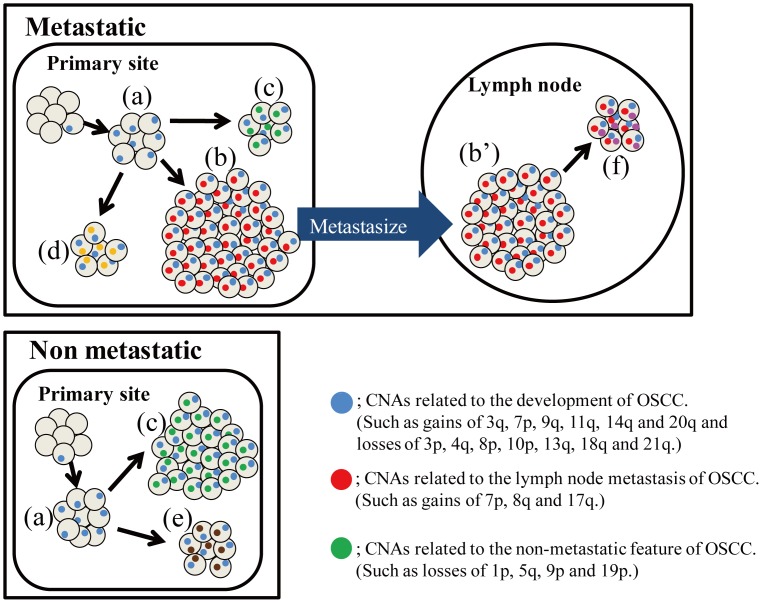Figure 7. Hypothetical model for the development of metastatic OSCC.
Clear gray circles indicate cells. Small colored circles indicate genomic aberrations. OSCC arises from a single cell with one (or a few) genomic aberrations. The single clone then proliferates more effectively than its neighbors (a). During the process of proliferation, some tumor cells acquire additional mutations at random. Subsequently, each of the genetically distinct subclones forms a unique subpopulation in the primary tumor (b, c, d and e). Among these subpopulations, only those with the capacity for metastasis can spread to cervical lymph nodes (b and b’). After metastasis, one (or a few) subpopulation may again develop further genetically distinct subpopulations through clonal evolution (f). In the advanced stage of progression, the primary tumor and metastases become predominantly populated by single clones with the capacity for metastasis (b and b’).

